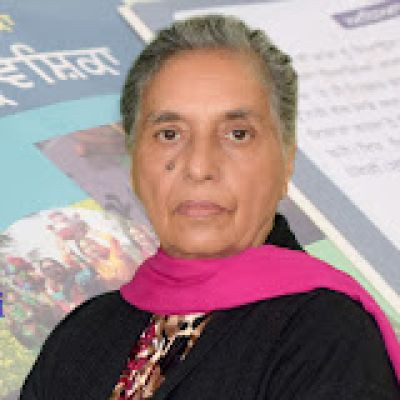
Daku Maan Singh full biography | Singga de song wala Daku Man singh
Instagram👉👉https://www.instagram.com/punjab_made/ Facebook👉👉 https://www.facebook.com/punjabmade1/ Copyright Disclaimer Under Section 107 of the Copyright Act 1976, allowance is made for "fair use" for purposes such as criticism, comment, news reporting, teaching, scholarship, and research. Fair use is a use permitted by copyright statute that might otherwise be infringing. Non-profit, educational or personal use tips the balance in favor of fair use. Daku Man Singh Rathore was popularly known as "Man Singh". Singh lived in the village of Khera Rathore in the Chambal region of India, where a maze of deep ravines and scrub forests had hidden generations of outlaws since the 13th century.[1] Between 1939 and 1955, Singh is credited with 1,112 robberies and 185 murders, including the killing of 32 police officers. Man Singh headed a gang of 17, most of them his sons, brother Nabab Singh, and nephews, who were unchallenged in the Chambal Valley. The police registered over a hundred cases against him, ranging from kidnapping to murder, until he and his son, Subedar Singh, were shot dead by Gurkha troops in 1955 while sitting under a banyan tree in Kakekapura. .[2] or Bhind, Madhya Pradesh.[3] This operation was headed by inspector Vinod Chand Chaturvedi S.N. Subba Rao heard Singh speak on stage in 1953 at a public function in Chambal: “I was surprised to hear him speak. He was totally unlike what I had read about him in the papers. Though at the peak of his popularity or notoriety, he was respectful and humble. I was impressed with the contradiction he presented. The government wanted him dead with a big inam (reward) on his head and here he was, standing before the adoring public."[4] A Robin Hood figure who once performed essential social services in hard times and adjudicated local issues, today Singh has a temple in his honor in Khera Rathore. According to Dipankar, a Chambal resident who said that he regularly came to worship at the Man Singh temple, "they were men who fought for the family honour. They are bagis [or rebels]. There is no difference between a bagi and a sadhu".[3]



























